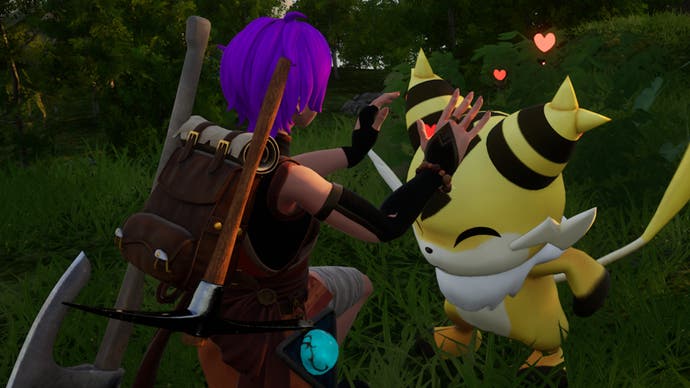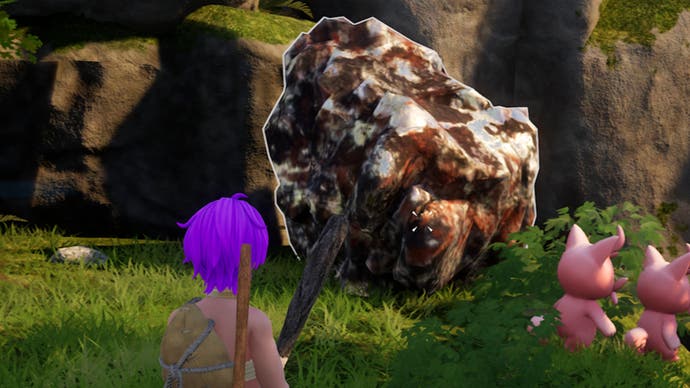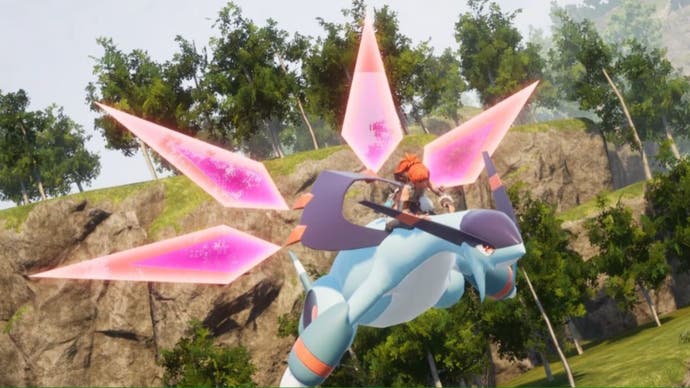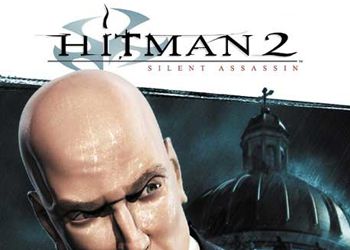Tycoon City: New York: Game Walkthrough and Guide
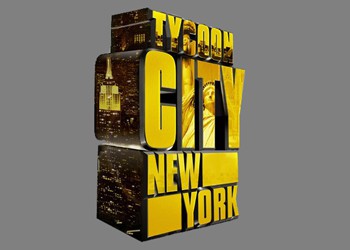
Guide to the passage of the game Tycoon City: New York.
Urban planning simulators – the only genre whose representatives can be counted on the fingers of one hand. In addition to the series SIMCITY, the newly minted game City Life and considered in this article Tycoon City: New York, more and remember nothing. However, the deficit of such games is quite predictable. The fact is that to develop the village, build buildings and follow economic well-being like not everyone: this is a laborious process, and in real life there are solid money for it.
Than then attractive these games? First of all, with their help, we can embody our long-standing dreams, building the perfect city. And it will not be children’s fun “Design a couple of houses and disperse them in an arbitrary order”, and a rather difficult lesson, which will make not only poke buildings on the card, but also, most importantly, think. How to create perfect conditions for people and make them move to us? What to build first in order for money to flow into the treasury, like a mountain water? Does it make sense to build a restaurant, or better limit to simple eatery? Similar questions will torment you and during the game in Tycoon City: New York. True, unlike Simcity, here you will not have to create a transport infrastructure and follow the order, opening the police and fire sites. The developers cut out these elements and left only one thing: the economy. In addition, the plot on which we will work are small. It would seem that New York – one of the largest cities in the world, and the expanses for creativity should be huge. But no – we are injected not the entire megalopolis, but only the island of Manhattan is a small in itself. Therefore, the range of tasks is: you need to take into account the interests of the inhabitants, to build the buildings you need (hairdressers, cafes, shops selling video games and t.P.) and, of course, support financial condition. Money is spent extremely fast, because almost every building costs at least $ 20,000;but to earn them much more difficult. Major revenues bring all sorts of cafes and eaters: when the village creates, any fast food will bring half a thousand dollars (and even more) daily. The rest of the buildings also contribute their contribution to profit, but – much smaller.
Games in sandbox
Having ordered a physiognomy for your virtual ego from the list of available (or copying the image in the format .Jpg or .TGA to folder C: \ Documents \ Atari \ Tycoon City – New York \ My Pictures, where the C – partition of the hard disk on which the “My Documents” section are located), we go to the game mode selection screen. There are only two of them: Build New York and Sandbox (“Sandbox”). The first is a campaign consisting of 12 missions. In each mission, we need to achieve certain purposes: often – to ensure a high level of satisfaction of citizens, but sometimes – to prepare a city to some event. And if you can delight the townsowns as much time, just in the end they felt happy, then you need to decorate New York in front of Halloween quickly: the date of completion of the task expires on October 31st. There are also additional tasks, which are not necessarily, but at the same time preferably. Often, you need again to satisfy any “small” need;As award, it is possible to build a landmark like a statue of freedom, which, in turn, will also bring joy to people. Each new mission entrusted to us the territory is slightly expanding, because new areas are opening. The action starts in a quiet Greenwich Village (in fact – the student town), where they live mostly students. Their needs are determined by well-being: students want inexpensive housing, places where you can have a cheap snack and drink coffee, libraries to read books, an Internet cafe for communication with friends and, of course, cinemas, theaters and other entertainment institutions. Residents of the rich regions of the city needs others: they give steep restaurants, flower shops with an extensive assortment, elite boutiques and t.P. By the way, some buildings were originally not available and “open” as the campaign passing. There are no restrictions and tasks in Sandbox. You act in your pleasure, creating a city of dreams. Of course, any building, unlike the Build New York mode, can be built immediately. Lepota!
Where click?
Let us turn to the management. Main actions We, of course, carry out the mouse. If you move the cursor to the edge of the screen and do not remove it from there, the camera will move to your chosen side. It’s familiar and familiar. By the way, these actions are carried out by laying the WASD. W and S are responsible for moving back and forth;A and d – left and right, respectively. If you send a “pointer” to a specific point of the landscape and hold the right button of the manipulator, the camera will rotate around this point itself. Alternative – keys Q and E, rotating chambers against and clockwise, respectively. Well, if you hold the “wheel” (or what is your third button “Rodent”?), then the camera will move exactly to the other side in which you will move the manipulator – with an accuracy of one degree. True, the speed of the camera in this case is extremely low, so this function is almost not used. If you turn the mouse wheel back and forward, the camera will approach – delete – it is standard. The same function is valid and keys x and z.
It is important: In the left panel below there is a MAP tab. If you click on any point of this mini card, the camera will fly to that very point. Simple and very convenient.
Now let’s talk about the actions you do. In the game you can not only look for a good area to accommodate the building, choose the type of construction and T.P., but also follow the welfare of every citizen individually and the profitability of all structures. By clicking on the left mouse button, you will see information about it, including name, floor, places, from where and where it moves, current thoughts and needs. Then, having read the information, click on the cross in the upper left corner of the window and go back to the game.
With buildings a little harder. You understand yourself, you need to know not only the total income from the construction, but also what category of the population it satisfies, and what no;whether profits are growing from the institution – or decreases. Therefore, after you click on the left mouse button, a small panel with multiple windows will appear. In the first of these, you will see information about the classes of citizens interested in the structure;Thanks to the second, evaluate profitability;In the third, you will be able to make small improvements (for example, to hang up neon signs “openly” near the doors of the cafeteria), which will attract the attention of passersby;In the fourth, you can find out if there are similar facilities nearby, and if yes – the competition is strong between them.
And what is there to build something?
Buildings in the game are divided into six types (not counting several more dozen subspecies).
The first of them – the place of residence. It can be small houses and huge middle class apartments, and luxury apartments, and hotels. In cheap areas the most profitable student apartments for $ 1,00000, in which 125 people can live immediately;The remaining options in terms of price / capacity are far behind. Rich, on the contrary, prefer elite dwellings or, oddly enough, hotels. But small houses, honestly, are practically meaningless – they are expensive, the capacity is small, and people who want to use in tiny three-story hibars, there will be a bit. So there are enough such such buildings to the area for sure. In “Ordinary” areas, as well as in Small Italy (“Little Italy”), the Middle Class Apartments for $ 115,000, which accommodate 110 people will be the most profitable option. In such houses and live is not ashamed, and inexpensive they. Next go various institutions and shops. One of their most important subspecies – boutiques selling clothes. Agree, it would be unreasonable to force residents to go Nagish. Inccessory Store (Accessory Store) for sale all sorts of scarves, belts and t.P., That is, goods of mass consumption required everywhere and always;But such things enjoy extremely small demand, so that one or two shops of this type for the whole area will be enough with his head. Second-hand Stores (Nearly New Clothing Store) must be installed in large quantities in any poor area, and in China Town they will use. At the same time, such institutions in the rich places will only bring losses: to build them, you will spend $ 20,000, and it will be a sense – zero! Similarly, with the discount goods store (Discount Clothing). But the Lingerie Store store for obvious reasons is needed everywhere. Street clothing (Street Clothes) will be useful, in general, in any area, but this product will cause this product in poor neighborhoods, and in the rich enough and one such point. And the last, the sixth store selling the most diverse clothes (Affordable Dress Store) – universal, you can put it in any doubt in any area, although the price is $ 26,000 – bite. Shops, Khm, Culture and Hobby are largely replaced by each other. Newspaper and book stalls will be useful everywhere and always – the population wants to be aware of the events occurring in the city. ARTISTINS ARTISTIC ARTISTIC SPACE (Artist’s Materials) sells all scenic costumes, instruments for the artist and t.P. Such stores justify the cost spent on construction, in any case, but, however, through a very long time, so that pointed these objects where it does not have the slightest meaning. Comics (Comic Book Store) are interesting mainly to the ricers, and animals (Pet Store) can get only wealthy people. So the inhabitants of the poor quarters of these buildings are unlikely to please. Stationary Store Store is useful, on the contrary, in the poor, especially student quarters, in which many educational institutions. It pays for its value slowly, but confidently: this institution will always visit.
12
